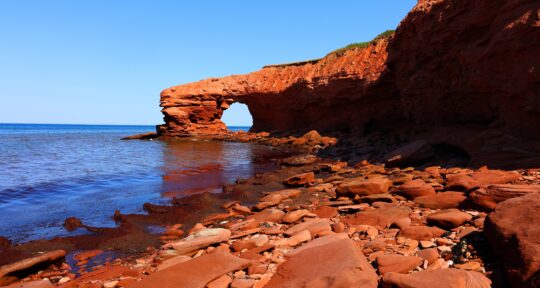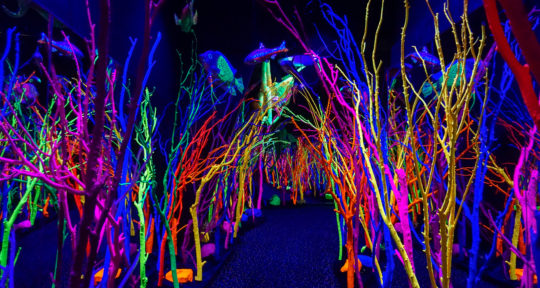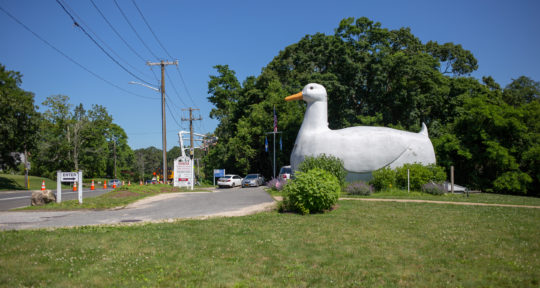With a museum devoted to self-taught artists, the country’s oldest surviving roadside attraction, and one of the last-remaining motor courts, the Mid-Atlantic region is full of places to delight travelers who stop for anything out of the ordinary—including a park on the tip of Long Island whose history is so wild that it inspired Netflix’s Stranger Things.
Here are the places doing their part to keep the Mid-Atlantic weird.
Mid-Atlantic Midas locations
Midas wants to help you get ready for your road trip, starting with your vehicle. Our techs can run a completely free Closer Look Vehicle Check. This in-depth visual inspection lets you know what needs fixing now and what can wait, so you can hit the road with confidence.

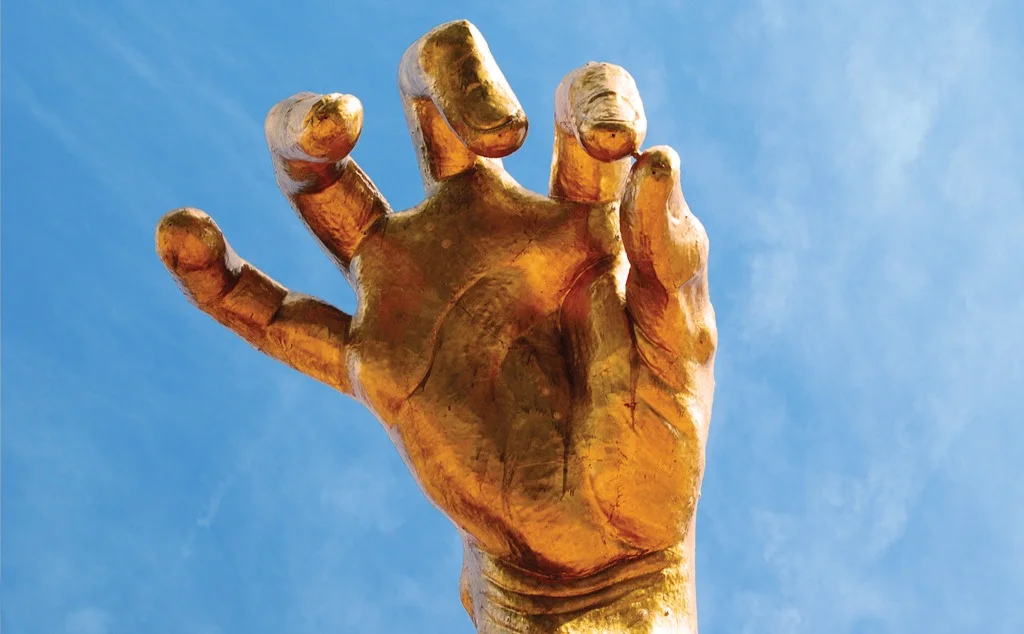
American Visionary Art Museum
Open to the public since 1995, Baltimore’s American Visionary Art Museum (AVAM) defines the art in its collection as “produced by self-taught individuals, usually without formal training, whose works arise from an innate personal vision that revels foremost in the creative act itself.” The museum’s permanent and rotating exhibits feature sculpture, paintings, and mixed-media creations such as the World’s First Robot Family by DeVon Smith, whose accomplishments also include hitchhiking more than 200,000 miles and creating the world’s longest birthday card (with 21,000 signatures) for the nation’s bicentennial in 1976.
Now one of more than 40 similar institutions around the world, AVAM is the largest, with 67,000 square feet of exhibition space, two outdoor sculpture plazas, a wildflower meditation garden, amphitheater, and an outdoor movie theater that seats 2,000.
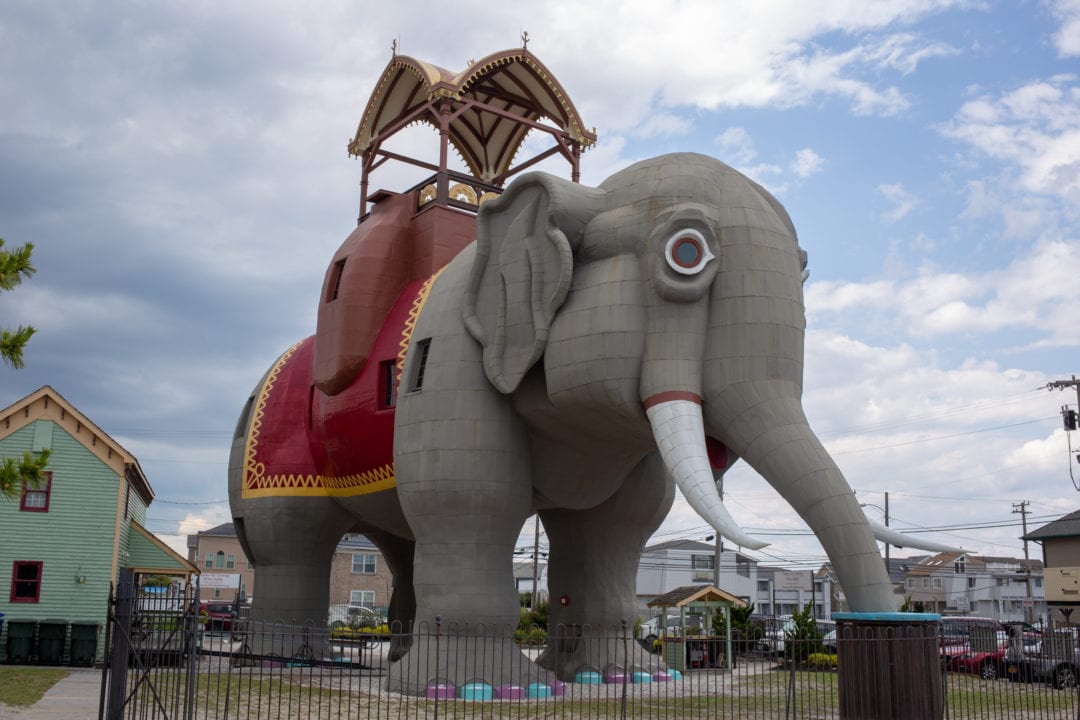
Lucy the Elephant
Considered to be the oldest surviving roadside attraction in the country, Lucy the Elephant has loomed over Margate City, New Jersey, since the 1880s. Modeled after an Asian elephant, Lucy is covered in 12,000 square feet of tin, has 22-foot-long tusks, and weighs 90 tons. Saved from demolition by a group of volunteers in the late 1960s after years of disrepair, Lucy was declared a National Historic Landmark in 1976 and is open for guided tours year round (on weekends only during the off-season).
The grounds and gift shop, located just a few miles from Atlantic City, are free; visitors who choose to take a tour enter “the only elephant in the world you can walk through and come out alive” through a door in her back leg and climb a narrow spiral staircase to the main room, which contains photos and artifacts from the unique structure’s history.

Eastern State Penitentiary
Philadelphia’s historic Eastern State Penitentiary opened in 1829 and operated until 1971; in 1994, the prison reopened as a museum in a state of preserved ruin. Some of Eastern State’s infamous inmates included Al Capone and “Slick” Willie Sutton, one of 12 people who escaped via a tunnel in 1945. Capone spent 8 months in a cell that Eastern State has recreated, complete with furniture, a rug, soft lighting, artwork, and a radio.
Admission includes an excellent audio tour narrated by Steve Buscemi, but visitors are also free to explore the grounds on their own or join one of many guided tours, one of which includes a look at the recently-reopened hospital wing.

Duquesne Incline
The Duquesne Incline was completed in 1877 to connect Pittsburgh’s south side with the neighborhood of Mt. Washington. Originally a commuter funicular, the incline is now open mainly as a tourist attraction. Visitors can take a quick, round-trip ride to the observation deck 400 feet above the water for sweeping views of Pittsburgh and its three bridges. A small museum and gift shop includes photos and artifacts from the area’s industrial history in addition to postcards, souvenirs, and pressed penny machines.
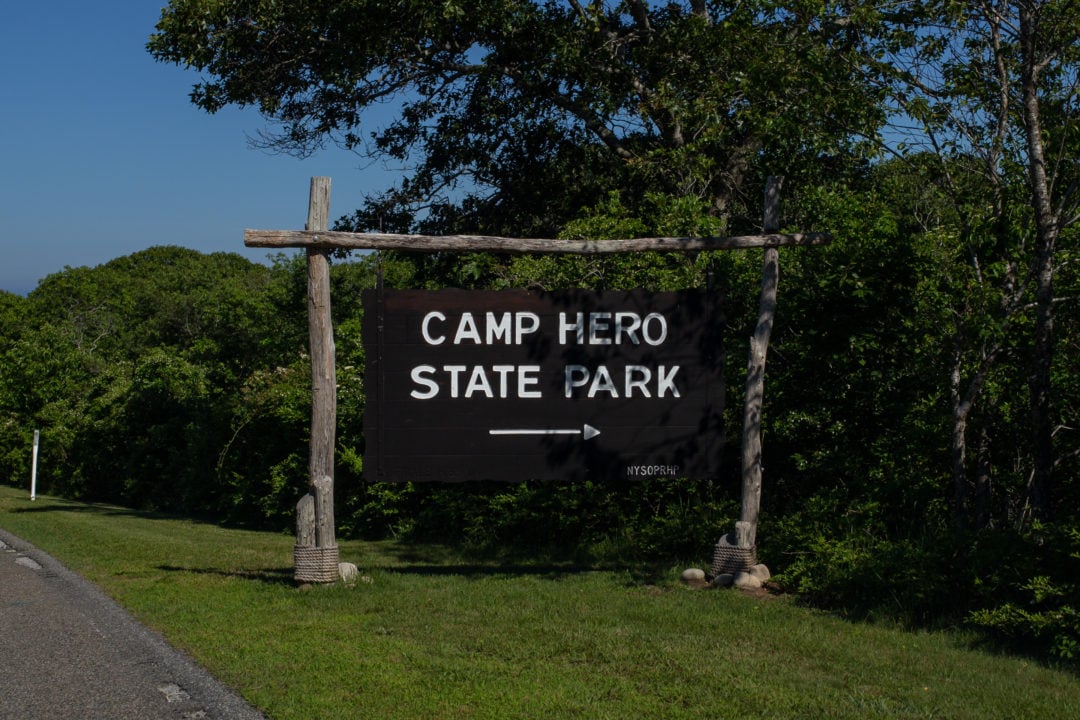
Camp Hero State Park
Camp Hero, a decommissioned military base located in Montauk on the far eastern tip of Long Island, is also thought by many to be ground zero for several conspiracy theories and odd occurrences, some of which inspired plots in Netflix’s hit show Stranger Things. Today, the 415-acre state park features forests, freshwater wetlands, hiking and biking trails, and steep bluffs with dramatic views of the Atlantic Ocean.
Whatever it is that you’re searching for—be it supernatural or just nature—you can find it at Camp Hero or at the nearby Montauk Point State Park, which includes the Montauk Point Lighthouse Museum and the easternmost point in New York state.
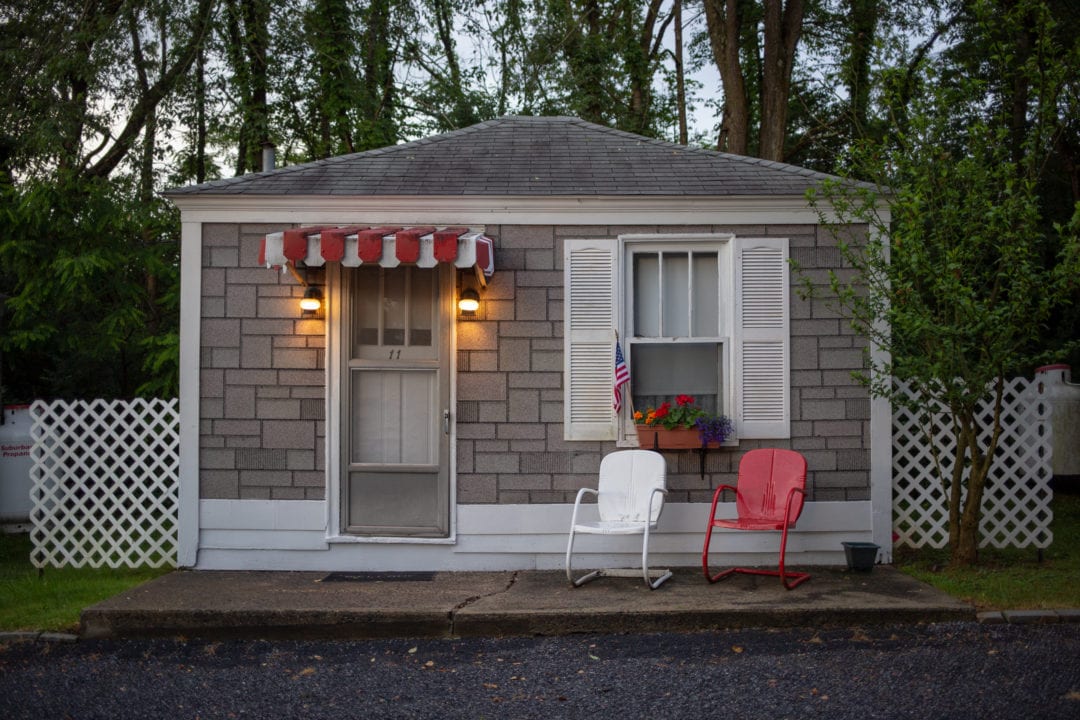
Lincoln Motor Court
Built in 1940, the Lincoln Motor Court wasn’t the first motor court in the U.S., but today it’s one of the best-surviving examples of the type of private, overnight lodging that was once ubiquitous across the country. Motor courts generally comprise several small, free-standing cabins (the Lincoln has 12) surrounding a slightly larger central house; the concept predates modern motels and hotels, and has largely been eclipsed by them.
Located in Manns Choice, Pennsylvania—in between Pittsburgh and Washington, D.C—the Lincoln Motor Court is the last one of its kind still welcoming guests on the Lincoln Highway, the first transcontinental route built in the U.S.
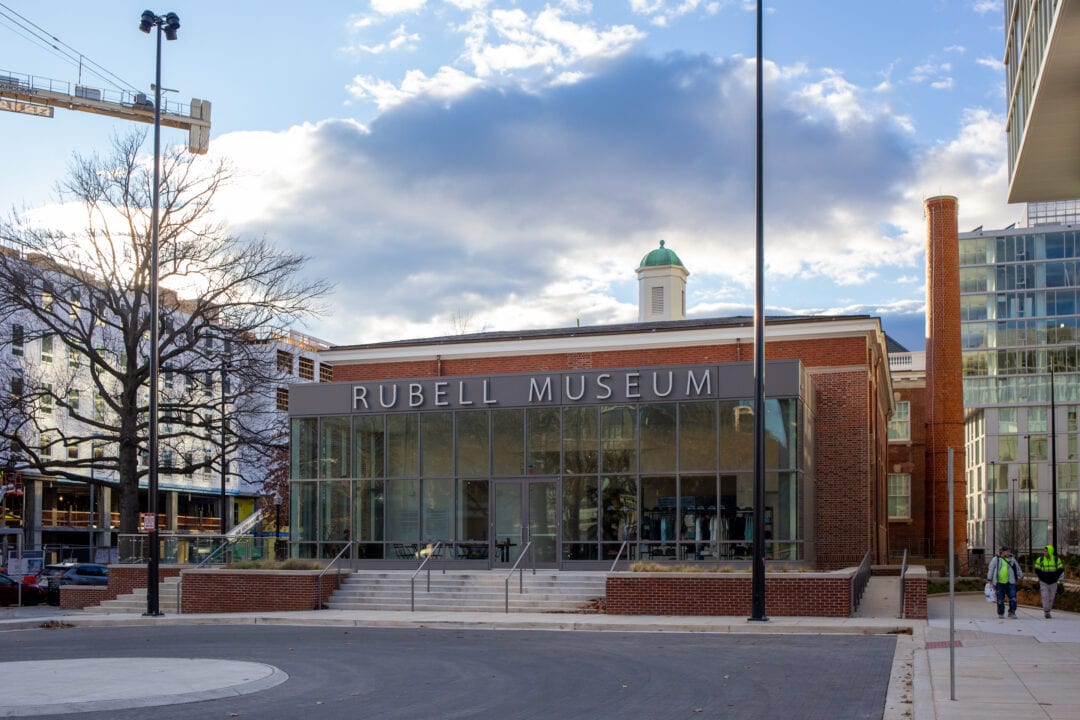
Rubell Museum DC
One of Washington, D.C.’s newest museums is housed in a circa-1906 colonial revival brick building in Southwest D.C. Built as an elementary school, and later expanded to house a historically Black public school until 1978, the building is the perfect backdrop for Don and Mera Rubell’s expansive and impressive collection of art (their first museum opened in Miami, Florida, in the early 1990s). The D.C. museum’s inaugural exhibition includes 190 pieces from Keith Haring, Kehinde Wiley, and 50 other contemporary artists focusing on themes of social justice and equality.


